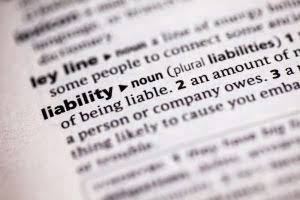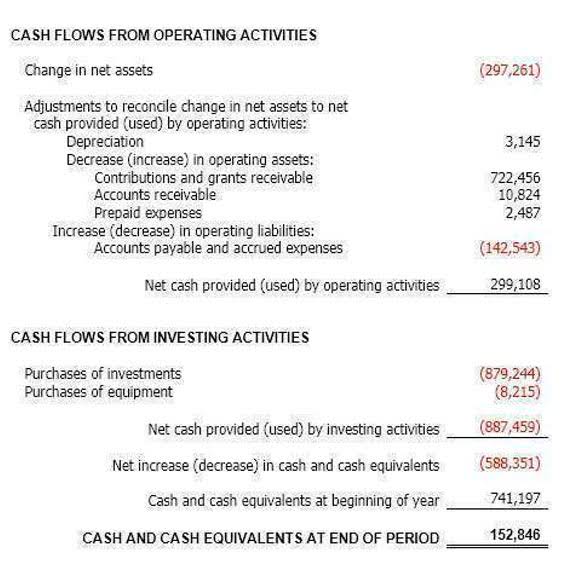
By transferring accounts payable management to specialized suppliers, company staff can focus on other critical areas where they add more value – like strategic planning or customer service. By outsourcing, businesses can eliminate the need to hire income statement accounts full-time staff to manage their accounts payable. To sum up, ensuring timely and proper payment of accounts payable, while a seemingly small detail, can make a significant contribution to an organization’s ethical and sustainable practices.

Although AP can affect the balance sheet and the statement of cash flow of a business directly, it has no direct relationship with the income statement. Accounts payable are distinct from other liabilities on a balance sheet in that they only include money owed for goods and services that have been invoiced already. Other liabilities include accrued expenses, which are funds the business expects to owe an employee or a vendor or anyone else, but which hasn’t been invoiced yet.
What is the Role of Accounts Payable?
Accounts payable are an important aspect of a company’s financial statements and can impact the income statement. They represent the money that a business owes to its https://www.bookstime.com/ vendors or suppliers for goods or services purchased on credit. The management of accounts payable (AP) is a key component in determining a company’s cash flow.
- In its real sense, accounts payables refer to the accrued liabilities or current liabilities the business is bound to pay its creditors or suppliers.
- Two key people at McDonald’s are the purchasing manager and the sales manager (although they might have different titles).
- It is important to note that the accounts payable category represents the short-term obligations of your business.
- Paying invoices in a timeframe that keeps cash flow liquid and obligators satisfied is a common challenge.
- In other words, the accounts payable turnover ratio signifies the efficiency of your firm in meeting its short-term obligations and making payments to suppliers.
- This principle dictates that expenses should be recognized in the same period as the revenues they helped to produce.
They include the cost of goods sold (COGS); selling, general, and administrative (SG&A) expenses; depreciation or amortization; and research and development (R&D) expenses. Typical items that make up the list are employee wages, sales commissions, and expenses for utilities such as electricity and transportation. A customer may take goods/services from a company on Sept. 28, which will lead to the revenue accounted for in September. The customer may be given a 30-day payment window due to his excellent credit and reputation, allowing until Oct. 28 to make the payment, which is when the receipts are accounted for. Payment is usually accounted for in the period when sales are made or services are delivered.
What is Accounts Payable? Definition, Recognition, and Measurement, Recording, Example
So Cheesy Chuck’s current ratio is $6,200 (current assets)/$1,850 (current liabilities), or 3.35. This means that for every dollar of current liabilities, Cheesy Chuck’s has $3.35 of current assets. Chuck is pleased with the ratio but does not know how this compares to another popcorn store, so he asked his new friend from Captain Caramel’s. The owner of Captain Caramel’s shares that his store has a current ratio of 4.25. The statement uses the final number from the financial statement previously completed. In this case, the statement of owner’s equity uses the net income (or net loss) amount from the income statement (Net Income, $5,800).

